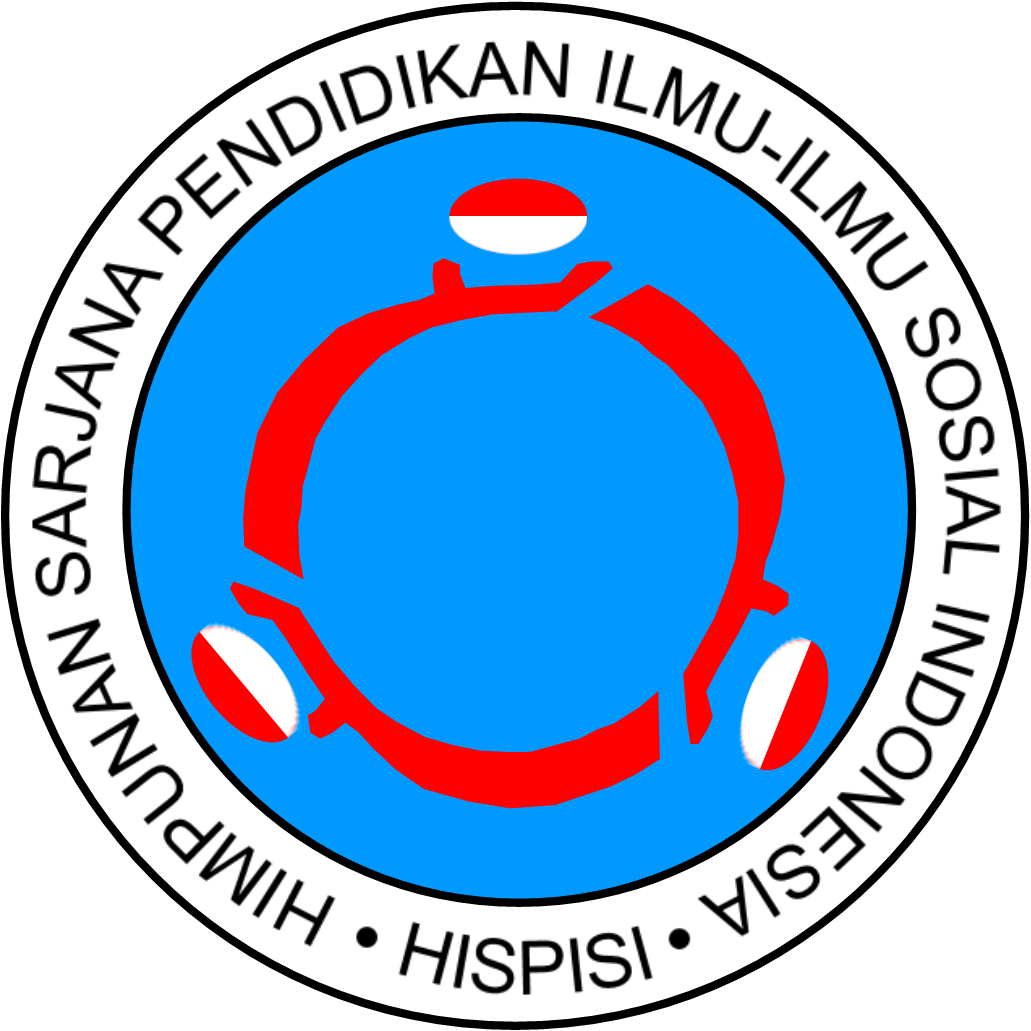The Effect of Instagram Influencers Content Exposure on the Motivation for Online Self-Disclosing
Abstract
Social media has been growing rapidly, and it revolves around self-disclosure. Social media provide the opportunity to showcase oneself, begin and extend one’s social circle, exchange content and even personal information in order to deepen online connections to others. Instagram as the most influential social media nowadays, triggers its users to perform OSD. The use of social media is indeed one of the predictors that have an impact. But apart from that, there is an exposure created by the presence of a media. The effect of media exposure also often affects a person in self-disclosure on social networks. The independent variable in this study is Instagram influencer content exposure. As users who have massive followers, influencers can mobilize and influence their followers with very high feedback through the content they uploaded, therefore followers are often triggered to do OSD on their social media. The purpose of this study was to determine how significant the effect of the independent variable on the dependent variable, the motivation for online self-disclosing. The paradigm used is quantitative with correlational studies. The method of distributing the questionnaire was carried out by using a simple random sampling technique to 100 respondents who were followers of the @catwomanizer Instagram account. The results showed that the two variables simultaneously had a 0.620 degree of relationship with a strong correlation level.
Keywords
Full Text:
PDFReferences
Al-Kandari, A., Melkote, S. R., and Sharif, A. (2016). Needs and motives of instagram users that predict self-disclosure use: A case study of young adults in Kuwait. Journal of Creative Communications, 11(2), 85-101.
Almenara, C. A., Machackova, H., and Smahel, D. (2016). Individual differences associated with exposure to “Ana-Mia” websites: An examination of adolescents from 25 European countries. Cyberpsychology, Behavior, and Social Networking, 19(8), 475-480.
Asyari, S. (2020). Supervisi kepala madrasah berbasis penilaian kinerja sebagai upaya peningkatan profesionalitas guru. JIEMAN: Journal of Islamic Educational Management, 2(1), 27-40.
Borchers, N. S. (2019). Social media influencers in strategic communication. International Journal of Strategic Communication, 13(4), 255-260.
Butsi, F. I. (2019). Memahami pendekatan positivis, konstruktivis dan kritis dalam metode penelitian komunikasi. Jurnal Ilmiah Ilmu Komunikasi Communique, 2(1), 48-55.
Enke, N., and Borchers, N. S. (2021). Social media influencers in strategic communication: A conceptual framework for strategic social media influencer communication. In Social media influencers in strategic communication, 7(23), 261-277.
Griffiths, M. D. (2007). Internet psychology, a very personal reflection: Review of The Oxford handbook of Internet psychology. International Journal of Internet Science, 2(1) 82-86.
Guan, C., and Li, E. Y. (2021). A note on influencer marketing in social media. International Journal of Internet Marketing and Advertising, 15(2), 124-128.
Hadi, I. P. (2009). Perkembangan teknologi komunikasi dalam era jurnalistik modern. Scriptura, 3(1), 69-84.
Jourard, S. M., and Richman, P. (1963). Factors in the self-disclosure inputs of college students. Merrill-Palmer Quarterly of Behavior and Development, 9(2), 141-148.
Kanwal, S., Chong, R., Pitafi, H., and Lashari, H. N. (2018). Self-disclosure and sns addiction in South Asian youth: An empirical study of Pakistan. Advances in Sciences and Humanities, 4(1), 1-11.
Kim, J., and Song, H. (2016). Celebrity's self-disclosure on Twitter and parasocial relationships: A mediating role of social presence. Computers in Human Behavior, 62(21), 570-577.
Latifa, R., Charunnisa, I. S., Durachman, Y., and Maman, U. (2019). Self-disclosure in Indonesian social media user: What leads people to self-disclose in social media. Journal of Engineering and Appllied Sciences, 14(2), 8047-8054.
Lee. S. B. and Kim, S. (2018). Why do people have self-disclosure on sns? Based on features of social media. Journal of Theoretical and Applied Information Technology, 96(21), 7253–7263.
Luo, M., and Hancock, J. T. (2020). Self-disclosure and social media: Motivations, mechanisms and psychological well-being. Current opinion in psychology, 31(2), 110-115.
Metz, J. M. (1994). Computer-mediated communication: Literature review of a new context. Interpersonal computing and technology: An electronic journal for the 21st century, 2(2), 31-49.
Mustaqim, M. (2016). Metode penelitian gabungan kuantitatif kualitatif/mixed methods suatu pendekatan alternatif. Intelegensia: Jurnal Pendidikan Islam, 4(1), 1-9.
Nguyen, M., Bin, Y. S., and Campbell, A. (2012). Comparing online and offline self-disclosure: A systematic review. Cyberpsychology, Behavior, and Social Networking, 15(2), 103-111.
Nouri, M. (2018). The power of influence: Traditional celebrity vs social media influencer. Advanced Writing: Pop Culture Intersections, 176(32), 1-20.
Ritonga, E. Y. (2018). Teori agenda setting dalam ilmu komunikasi. JURNAL SIMBOLIKA: Research and Learning in Communication Study (E-Journal), 4(1), 32-41.
Salazar, M. K. (1991). Comparison of four behavioral theories: A literature review. Aaohn Journal, 39(3), 128-135.
Suler, J. (2004). The online disinhibition effect. Cyberpsychology and behavior, 7(3), 321-326.
DOI: https://doi.org/10.17509/jpis.v29i2.28462
Refbacks
- There are currently no refbacks.
Copyright (c) 2020 Fitria Nissa Zahara, S.I.kom., Dr. Ridwan Effendi M,Ed., Vidi Sukmayadi S.S., M.Si.

This work is licensed under a Creative Commons Attribution-NonCommercial-ShareAlike 4.0 International License.















